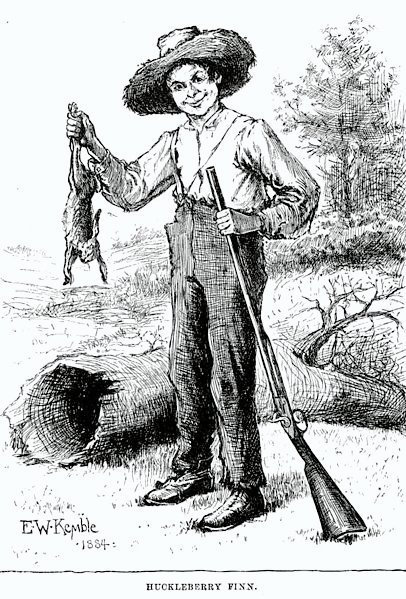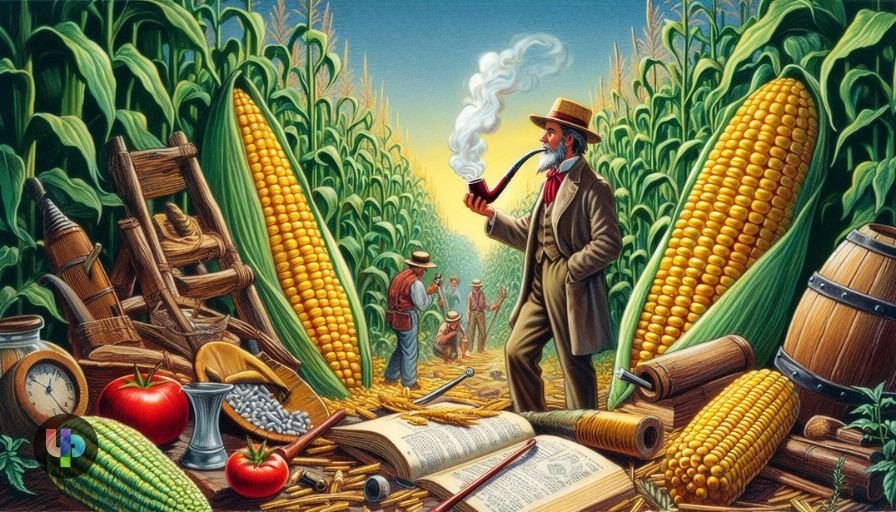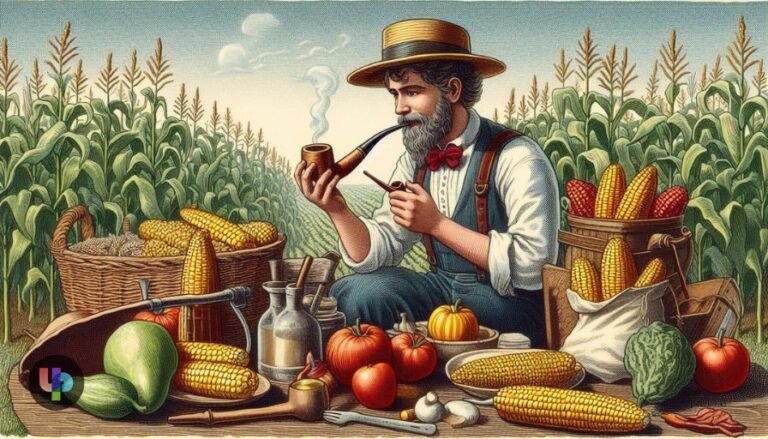Mark Twain’s The Adventures of Huckleberry Finn remains one of the most iconic pieces of American literature. Among the many symbolic elements in the novel, Huck’s corncob pipe is a recurring visual detail that has sparked intrigue among readers and illustrators alike. A quick search of “google images huckleberry finn illustrations corncob [pipe” reveals an array of artistic interpretations that depict the character of Huck Finn with this simple, yet meaningful accessory. From early sketches to modern-day digital art, the corncob pipe adds depth to Huck’s portrayal and symbolizes much more than just a boy with a pipe.
Huck Finn’s Corncob Pipe: A Symbol of Freedom

Throughout Twain’s narrative, Huck’s corncob pipe serves as a visual representation of his independent and rebellious spirit. It is more than just an accessory—it’s a symbol of Huck’s desire to escape societal expectations and live on his own terms.
- Represents independence: In illustrations, Huck’s pipe is often a symbol of his free will and carefree nature. The act of smoking the corncob pipe reinforces his break from civilization and established norms.
- Simple yet meaningful: The rustic and simple corncob pipe contrasts with the complexities of the world Huck is trying to escape, making it a powerful visual element in many illustrations.
- Connection to nature: The pipe is often depicted in scenes where Huck is close to nature, emphasizing his bond with the Mississippi River and the natural world around him.
Early Illustrations and the Pipe
In early editions of The Adventures of Huckleberry Finn, illustrator E.W. Kemble helped shape the iconic image of Huck Finn. His drawings often featured Huck with his corncob pipe, cementing it as a vital part of Huck’s character design. These illustrations played a significant role in how readers visualized Huck, and the pipe quickly became a lasting symbol.
Kemble’s work highlighted Huck’s rugged and unrefined lifestyle. The pipe, along with Huck’s ragged clothes and wild hair, painted a picture of a boy who lived outside the constraints of society. The pipe in these early illustrations was an important visual cue that represented Huck’s carefree and adventurous spirit.
Evolution of Huck’s Image in Modern Illustrations
As times changed, so did the interpretation of Huck and his corncob pipe in illustrations. Modern depictions of Huck Finn often take a more nuanced approach, reflecting the shifting perspectives on smoking. Some artists choose to de-emphasize the pipe, while others continue to use it as a symbol of Huck’s independence.
- New artistic styles: Many contemporary artists use digital techniques to reinterpret Huck and his pipe. These illustrations may feature vibrant colors and bold designs that bring a fresh perspective to the character while keeping the corncob pipe as a subtle nod to his rebellious nature.
- Relevance to modern audiences: Today, the corncob pipe may evoke mixed feelings, given contemporary views on smoking. However, artists often focus on the symbolic aspects of the pipe rather than its practical use, preserving its significance in Huck’s journey.
The Cultural Impact of Huck’s Corncob Pipe

The corncob pipe is not just an accessory for Huck—it is also a symbol of rural America during the 19th century. At the time The Adventures of Huckleberry Finn was written, corncob pipes were commonplace, especially in rural communities. For many readers, the pipe connects Huck to a simpler, more authentic way of life, one that is free from the trappings of urban sophistication.
- A reflection of rural America: The corncob pipe symbolizes Huck’s ties to the rural South and his desire for a more uncomplicated, natural existence.
- Symbol of authenticity: In illustrations, the pipe reinforces Huck’s identity as a genuine, unpretentious character, further separating him from the world of “civilized” society.
Iconic Moments: Huck, Jim, and the Pipe
Many illustrations also feature Huck’s relationship with Jim, and the corncob pipe often serves as a visual link between the two characters. As Huck and Jim travel together on their journey, the pipe becomes a part of Huck’s image, highlighting moments of camaraderie and reflection.
- Symbol of friendship: Illustrations often depict Huck sharing quiet moments with Jim, his corncob pipe in hand, reflecting the bond that grows between them as they navigate the complexities of life on the river.
- Moments of contemplation: Huck is frequently shown smoking his pipe during moments of deep thought, reinforcing the pipe’s role as a symbol of reflection and internal conflict throughout the novel.
Contemporary Reinterpretations of Huck and the Corncob Pipe
In recent years, modern artists have reimagined Huck and his corncob pipe through various artistic lenses. These contemporary illustrations blend traditional elements with new styles, allowing for fresh interpretations of Huck’s character.
- Abstract representations: Some modern illustrations take a more abstract approach, using the corncob pipe as a metaphor for Huck’s inner turmoil and search for identity.
- Cultural significance: Today, the corncob pipe in Huck’s illustrations sparks discussions about the broader themes of freedom, identity, and the rural American experience. Modern artists continue to explore these themes, ensuring that Huck’s story remains relevant to new generations.
Conclusion: The Lasting Legacy of the Corncob Pipe in Huck Finn Illustrations
The corncob pipe has become an enduring symbol in The Adventures of Huckleberry Finn. From early illustrations to modern reimaginings, it represents Huck’s independence, his connection to nature, and his rejection of societal norms. As artists continue to depict Huck and his adventures, the corncob pipe remains a powerful tool in visually conveying the essence of his character.
